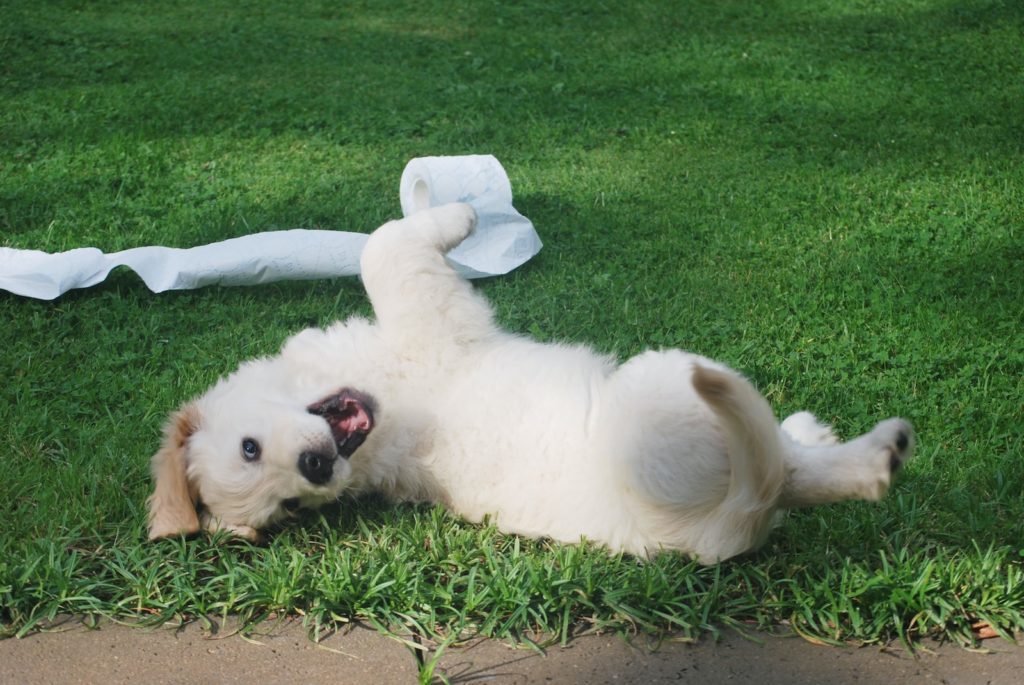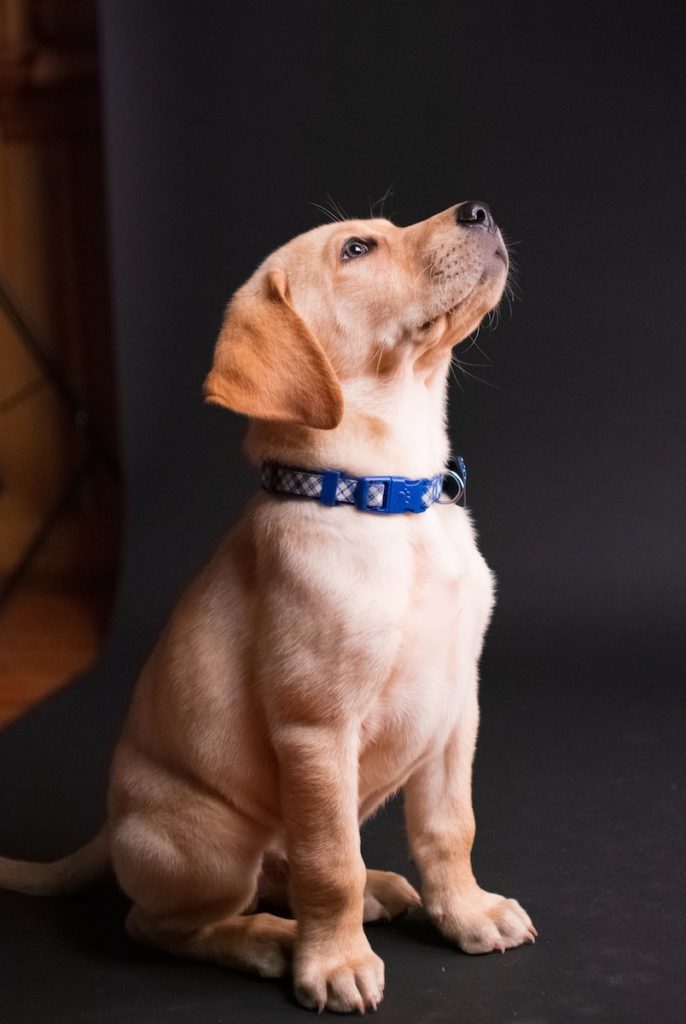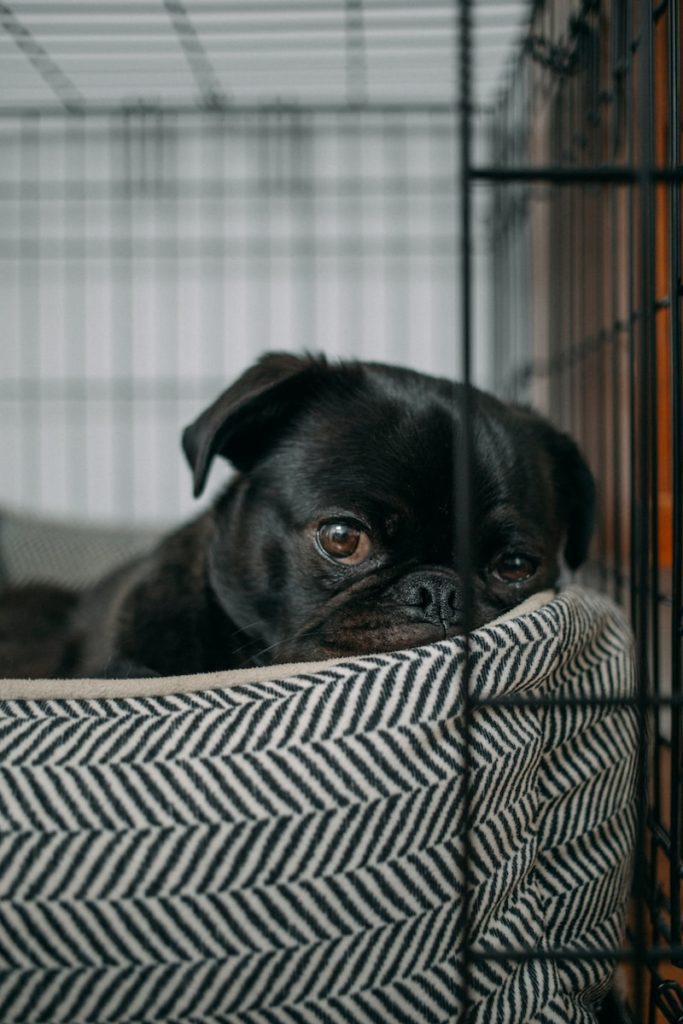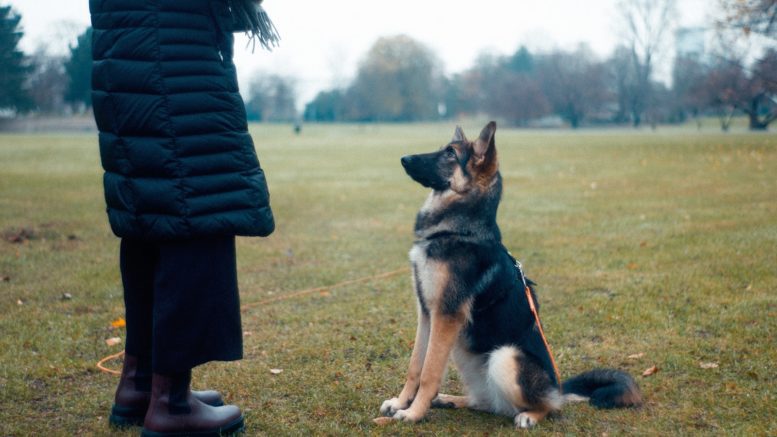Has dog training camp entered your mind? Perhaps Fifi has been chewing out your carpet? Cruising counters? Stealing food from the table? Barking at guests? If so, it’s most likely time to send your beloved canine to camp.
Dog training camps have training-intensive programs called dog training boot camps. Don’t think the worst of these schools, though. They’re nothing at all like the correctional facilities that use military training techniques to discipline young criminals. Rather, they’re places where your pet can learn better manners. 
A good dog training boot camp teaches your hound better behavior. At the same time, it gives your dog plenty of opportunities to socialize. But given that there are so many schools that offer programs for dog training kennels, how do pick out the one that is best for your four-legged pal? Here are some tips.
Check the Class Size
What is the ratio of puppies per trainer? You want your dog to get the attention he needs, so pick out a dog training camp where the class size is limited.
Remember that you do not want the class to be too big or too small. If it’s too big, your pet could get overlooked. If it’s too small, your pet will not get the chance to interact with other dogs. Interaction with other dogs is crucial because it can help your dog learn how to get along with the others in a pack.
Check the Admission Requirements
You’re all for democracy and equal opportunity, but not when it comes to your pup’s classroom. So, be sure to check the admission requirements. Ensure your dog won’t be thrust into a class with much older dogs. If a child can get bullied, so can dogs.
Ask About the School’s Training Methods
You want your pup to grow up well-adjusted and friendly, not hostile, conflicted, or angry. To make sure the dog training camp you choose won’t make a potential felon of your pooch, sign up for a program that emphasizes positive reinforcement. Many schools train dogs using abusive methods—avoid them.
Go Over the Dog Training Syllabus
Take an active hand in your pawed friend’s education. Go over the lessons he’s supposed to learn and see if they all meet your approval. For all you know, a particular school could be in the business of producing canine commandos! The typical dog training camp focuses on teaching your doggie basic commands such as staying, sitting, and coming when it’s called.
Ask to Observe a Class First
Before registering your pup at a dog training camp, ask that you be allowed to sit in one class first. This will let you evaluate the trainer’s teaching methods. At the same time, you can see for yourself how the dogs are taught and handled.
Dogs make excellent pets. They’re smart, loyal, and affectionate. However, dogs’ natural pack instincts usually take over. If your dog’s manners require a little polish, sign him up for boot camp, where he can learn a new trick or two and a better way to behave. Your dog will thank you for it!
Crate Training a Dog – A 5-Step Method to Get You Started
Crate training a dog is a bit of a controversial subject. But let’s face it — living with a dog can be no different from raising a child. Dogs “go” whenever they feel like it. They don’t think twice before they put their muddy paws onto the couch. They see nothing wrong with chewing out your slippers, too.
If you want to reclaim your slippers, couch, and right to come home to a spotless house, the best thing to do is start crate training a dog!
Giving your dog crate training is the best option if you want a pet that is not just a housekeeper but also housebroken. Some believe crate training a dog is inhumane. This need not be the case for you. Crate training puppies can be a positive experience, depending on how you do it.
Now, on to the bad news: crate training puppies can take anywhere from a few days to a few weeks. But here’s the good news: it’s a process that is well worth your effort and time. A crate-trained pup is a better-behaved little housemate, so go get a crate and get your canine to give it some lovin’. Here’s how to go about giving your puppy crate training.
Step One: Introduce Your Dog to the Crate
Before you show your dog the crate, take pains to make it warm and homey. Put a soft blanket inside it and leave the door securely open. Then, place the crate in the living room or any other area where the family spends most of its time. This way, your pup won’t see the crate as a threat.
Step Two: Motivate Your Dog to Walk Up to the Crate
Remember Hansel and Gretel? For this next step, you must leave a trail of breadcrumbs—or, more appropriately, a trail of treats—that lead all the way to the crate. If this doesn’t work, toss your dog’s favorite toy inside the crate. Get creative; there are many ways to motivate your canine.
Step Three: Start Giving Your Dog His Meals Near the Crate
This will create a strong association between food and the crate, a connection that his stomach will surely appreciate. Then, inch his plate closer and closer to the crate until you can finally put the dish inside one day. This strategy does seal in your dog’s mind the happy connection between getting fed and getting crated.
Step Four: Open and Close Doors
Crate training a dog is all about milestones, which is very important. When your dog feels comfortable enough with his crate to stand inside, try closing the door while he eats but re-open it as soon as he finishes his meal. Try leaving the door closed for more extended periods. This will help your canine get used to his new living space. Do not let him out if he whines or cries unless he stops it. Remember, crate training a dog is not just about limiting the doggy’s space; it’s all about teaching him good behavior.
Step Five: Repeat Steps One to Four
Keep in mind that practice makes perfect. Get your dog used to being made to stay inside the crate longer. Put him there using a treat or a command. Try crating him at night and every time you go out. However, be sure to put the crate in or near areas with plenty of human activity. That way, your dog won’t associate crating with isolation. Once your puppy has learned to love his crate, you can then move the crate anywhere you want.
Crate training a dog is NOT the tragedy some people paint it to be. Think of it as a crash course in good behavior. With patience and plenty of treats up your sleeve, you can teach any dog a new trick — learning to love the crate included.





Be the first to comment on "Dog Training Camp – 5 Tips for Choosing the Best School for Your Canine"